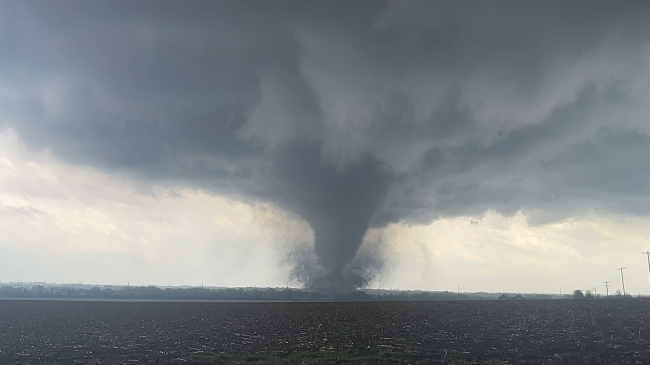
Sunset from the bow of NOAA Ship Okeanos Explorer on Day 8 of the EXPRESS: West Coast Mapping 2022 expedition illuminates calming seas and a smoother ride. Image courtesy of NOAA Ocean Exploration, EXPRESS: West Coast Mapping 2022. (Image credit: NOAA)
The Department of State today announced the outer limits of the U.S. continental shelf in areas beyond 200 nautical miles from the coast. Continental shelf beyond 200 nautical miles is known as the extended continental shelf or ECS.
The U.S. ECS is approximately 1 million square kilometers (more than 386,000 square miles) spread across seven regions, and supports many resources (e.g., coral, crabs) and vital habitats for marine life.
Since 2003, U.S. government agencies, including NOAA, have been engaged in gathering and analyzing data to determine the outer limits of the U.S. extended continental shelf. Today's announcement is the product of that two-decade collaboration among the Department of State, NOAA and the U.S. Geological Survey.
For more, read the news release from the Department of State.
Media contact
Scott Smullen, scott.smullen@noaa.gov




